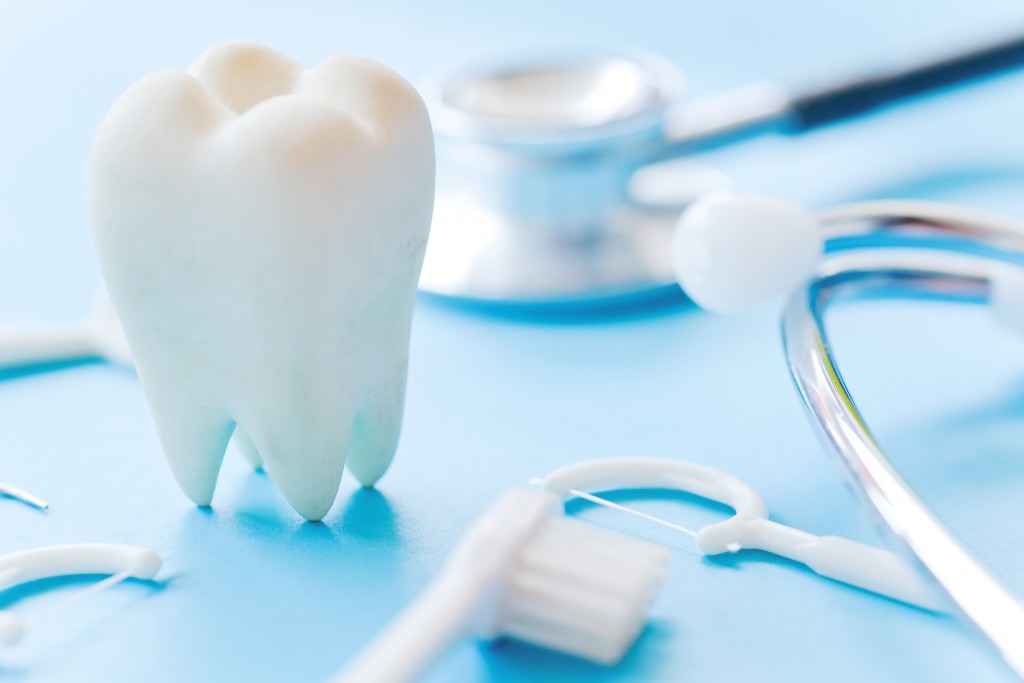2020 has not been our best year, but it certainly has been a year of adaptation, especially for the dental industry. Even though COVID-19 is continuing to prevent dentists from operating normally, we are still seeing development in dental technologies that are helping dental professionals do their work safely amidst the current crisis, as well as improve their practice in general.
Take a look at the following digital technology trends that have emerged in 2020:
Teledentistry
Dentists use rotary dental and surgical instruments that create a spray of water, bodily fluids, and microorganisms. That said, dentists and their office assistants are put at risk of catching the virus if a patient goes to the dentist without knowing that they have COVID-19. To mitigate this risk, dental professionals are relying more on teledentistry to deliver virtual services to patients in lieu of a physical visit.
Here are some examples:
- Video conferencing. A two-way interaction between patient and provider that occurs in real-time. This is usually done for non-urgent patient cases which, unlike wisdom tooth removal, can occur virtually.
- Remote patient monitoring. The collection of a patient’s health information which is to be sent to a provider electronically.
- Health data transfer. Sending of health records (e.g. dental X-rays, digital impressions, videos, etc.) to the dentist who will use the information provided for patient evaluation.
- Dental health apps. Smartphone apps that aim to educate patients about dental health which eliminates the need to consult with a dentist.
Teledentistry helps everyone stay safe by allowing dentists to render services without physical interaction. Moreover, this helps reserve risky face-to-face interactions for patients who really need it, such as those with serious issues or dental emergencies.
Social media
Social media is as powerful as ever, especially now that the COVID-19 crisis has forced many businesses to take their operations online. Every type of business has a social media page now, and if you still don’t have one for your dental practice, you might be missing out on a lot of potential leads and conversions.
Now you might be thinking: Why does a dental practice need a social media page? Won’t my website suffice? First things first, it is much easier to connect with people on social media platforms. Unlike a website, a social media page is easier to navigate, and it allows people to see the interactions you have with other patients. Secondly, people spend a lot of time on social media, and it is much more likely that they will come across your page randomly while scrolling than them stumbling across your website.

To run a successful social media page for your dental practice, here are some strategies that you can try:
- Create relevant content that can entertain and educate at the same time
- Let them get to know the staff and post office events
- Create an online personality to help patients feel more comfortable
- Share content from other dental professionals and organizations
Personalized dental products
People have different dental needs, and we are starting to address those differences with the emergence of personalized dental products. For example, toothpaste is not only available in different flavors today, but it is also designed to address specific oral needs. There is toothpaste made for people who have implants to prevent enamel damage, while there is probiotic toothpaste for bacterial issues, among many others.
Digital dentistr
Aside from making dental work more efficient, digital dentistry helps reduce the number of visits that your patients have to make. For instance, when taking dental impressions, patients have to sit through two visits and endure two injections using non-digital techniques. Today, dentists can make digital impressions using intra-oral scanners, which reduces the number of required visits to only one. Not only is this technique easier to do, but it is also a lot more comfortable for the patient.
Digital dentistry, as a whole, improves efficiency, reduces costs, enhances accuracy (compared to older methods), and provides high predictability of results. However, the price tag for these newer digital dentistry technologies is usually hefty, but as with other things that are continuing to develop, the dental community can expect digital dental technology to become more affordable in the years to come.
Despite the challenges that the dental industry has faced this year, the continuous development of technology trends can be seen as a silver lining. While the future is still uncertain for dental professionals and everyone else in the healthcare field, staying on top of these trends can help keep your practice in the loop and watch out for changes to come in the future.
Hopefully, we will get to go back to the pre-COVID life soon and fully embrace the technology trends that have been further developed this 2020.

